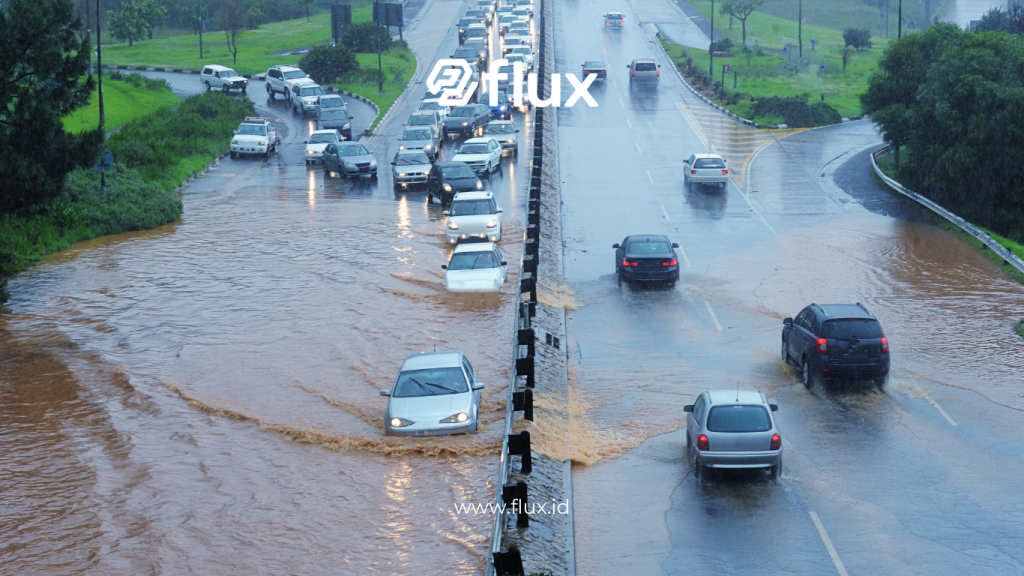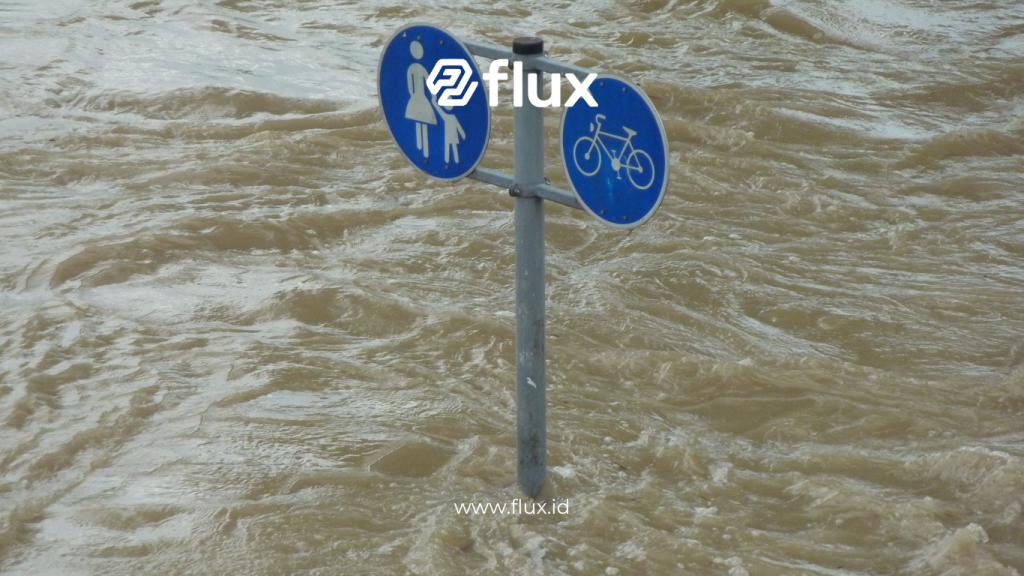Don't miss our holiday offer - 20% OFF!
Flooding is one of the natural disasters that frequently occur and can cause significant damage to communities and the environment. With the increase in climate change and urbanization, the risk of flooding is also rising. However, with technological advancements, particularly the Internet of Things (IoT), we now have smart solutions to prevent and manage flood risks. In this article, we will discuss how IoT can be used to prevent flooding, the technologies involved, the benefits, and successful implementation case studies.
Contents
What Is IoT?

Read More: Comprehensive Guide: Implementing IoT Sensors in Flood Monitoring for Quick and Effective Response
The Internet of Things (IoT) is a network of connected devices that can communicate and share data with each other through the internet. IoT devices can include sensors, cameras, wearable devices, and various other technologies. By leveraging IoT, we can collect, monitor, and analyze data in real-time, allowing us to make better-informed decisions.
How Can IoT Prevent Flooding?

1. Real-Time Weather Monitoring
IoT systems function to monitor weather conditions in real-time. For instance, weather sensors installed in various locations can collect data on rainfall, temperature, and humidity. This data can then be analyzed to predict potential flooding and provide early warnings to the community.
2. Water Level Sensors
Additionally, water level sensors can be installed in rivers, lakes, and flood-prone areas to continuously monitor water levels. When water levels reach a certain threshold, the IoT system can send notifications to relevant authorities and the community to take preventive measures.
3. Early Warning Systems
By utilizing data from various sensors, IoT systems can develop predictive algorithms that provide early warnings about the likelihood of flooding. These alerts can be disseminated through mobile applications, SMS, or social media, enabling the public to prepare.
4. Data Analysis and Decision-Making
Furthermore, IoT allows for the collection of large amounts of data from various sources. Thus, this data can be analyzed to identify patterns and trends associated with flooding events. With accurate information, authorities can make better decisions in planning infrastructure and managing flood risks.
Technologies Used in IoT for Flood Prevention

Read More: Flood Anticipation with IoT, Direct Monitoring from Smartphone
1. Sensors and Measurement Devices
Various sensors are employed to gather environmental data, such as rainfall sensors, humidity sensors, and water level sensors. These devices serve as essential initial data collectors for monitoring conditions that could lead to flooding.
2. Communication Networks
Moreover, the data from these sensors must be transmitted to a server for analysis. In this case, communication networks such as LoRaWAN, Zigbee, and 5G can be utilized for efficient data transmission over wide ranges.
3. Data Analysis Platforms
After data collection, data analysis platforms can be used to process and analyze the information. By employing big data and machine learning technologies, systems can identify patterns that may lead to flooding.
4. Mobile Applications and Warning Systems
Additionally, mobile applications can be used to inform the public about flood risks. These applications can provide notifications about early warnings, suggested actions, and information on current conditions.
Benefits of Using IoT to Prevent Flooding
1. Increased Public Awareness
With an integrated IoT system, the community can receive up-to-date information about potential flooding. This increased awareness can help residents to be better prepared for possible flood events.
2. Economic Loss Reduction
Timely warnings and accurate information can assist communities and governments in taking preventive measures. Consequently, this can significantly reduce economic losses due to flooding.
3. Better Resource Management
By utilizing data analysis from IoT systems, governments can manage resources more effectively, plan infrastructure, and respond to flooding emergencies.
4. Faster Response
Not only that, but IoT systems also enable authorities to respond more quickly to emergencies. With accurate data, they can promptly take action to protect the community.
Case Studies of IoT Implementation for Flood Prevention

Read More: Utilizing IoT in Flood Monitoring and Early Warning Systems
1. Smart Water Management Project in Barcelona
For example, Barcelona, Spain, has implemented a smart water management system that uses IoT to monitor and manage flood risks. Sensors installed in drainage systems and rivers provide real-time data on water levels and rainfall. As a result, this system enables city officials to take preventive actions before situations become critical.
2. Flood Warning System in Jakarta
Jakarta, Indonesia, is one of the cities prone to flooding. Therefore, local authorities have developed an IoT-based flood warning system that integrates data from various sensors and information sources. When flooding potential is detected, the system immediately sends alerts to residents via mobile applications.
3. Smart Cities Initiative in Singapore
Singapore has also implemented IoT technology in flood risk management through its Smart Cities initiative. Sensors installed at various locations collect data to monitor environmental conditions. With accurate information, the government can take necessary preventive measures to reduce flood risks.
Challenges in Implementing IoT for Flood Prevention
1. Implementation Costs
Although there are numerous benefits, one of the main challenges in implementing IoT systems is the cost. The procurement of devices, sensor installation, and data analysis platform development require significant investment.
2. Infrastructure Limitations
In some areas, existing infrastructure may not support the effective implementation of IoT technology. This can pose a barrier to data collection and transmission.
3. Data Security
More importantly, data collected through IoT systems is vulnerable to cyber threats. Therefore, it is crucial to implement appropriate security measures to protect data and systems.
4. Community Engagement
Finally, community engagement in the use of this technology is vital. Proper education and socialization are necessary for the community to understand the importance of IoT systems in flood prevention.
Conclusion
Overall, utilizing IoT technology to prevent flooding is a smart solution that can help manage risks more effectively. Through real-time monitoring, data analysis, and early warning systems, we can mitigate the impact of flood disasters. Although there are challenges in implementation, the benefits far outweigh them. Therefore, it is essential for governments and communities to collaborate in adopting this technology to create a safer and more sustainable environment.





